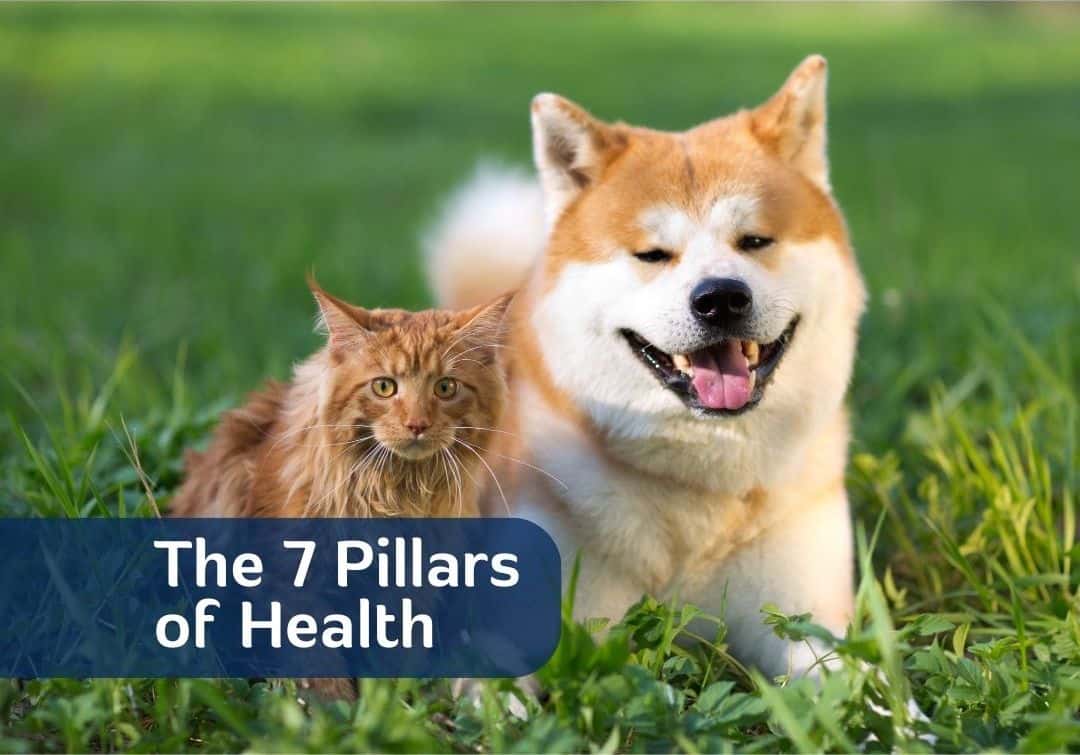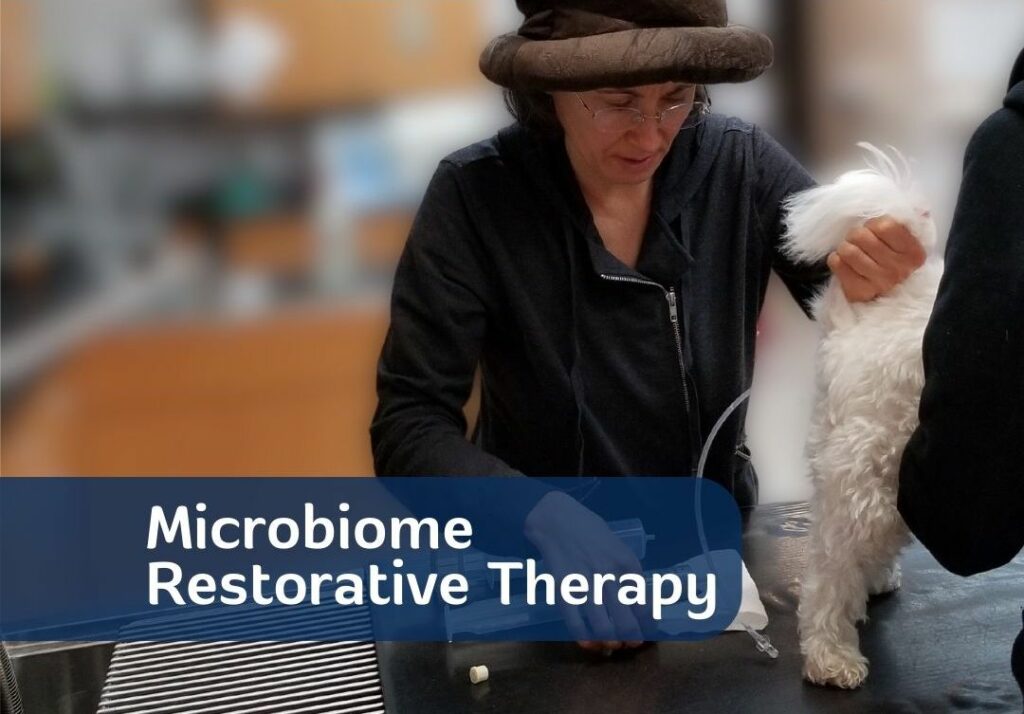If you’re stuck with your pet’s health care, you may be missing this really important knowledge!
Did you get some positive results only to see your efforts stall, become stagnant, or maybe even turn in the wrong direction? Did you wonder why this happened?
Why, despite your best efforts, did you not achieve your goals and your animals is still suffering despite all the money you spent?
Simply put, the biggest mistake I see is that we don’t address all aspects together that are necessary to create and support the innate ability to be healthy and heal.
If you only address a portion of the seven pillars of health as I call them, you will only get a portion of the results you are expecting to accomplish.
Very often we’re also too late to the game. A wise man once said, “If you fail to prepare, you are preparing to fail.”
In this article I’m giving you a peek into the “secret sauce” I use in my practice to support my patients’ healing. It’s also what helped me heal two debilitating chronic diseases most people never recover from.
So, let us take a look at the importance of each component and its role in optimized health.
Nutrition

The Macmillan Dictionary states that the definition of food is that which is eaten to sustain life, provide energy, and promote growth and repair of tissues. The average American diet of kibble, canned food, horse feed and of course our very own donuts, burgers, fries and soft drinks do not in any way meet these criteria.
Nutrition is the corner stone of health. Unfortunately, many of the diets advertised for our animals and ourselves are filled with processed and preserved foods.
The pet food industry is particularly bad. Big food companies and conventional veterinary training combined lead to bad advice and sadly to using your animals as landfills.
Why?
Pet food is poorly regulated. Deceiving sourcing, manufacturing practices and labeling are used to manipulate well intentioned pet parents like yourself. In addition, veterinarians only get a few hours of nutrition training that is sponsored by big pet food companies.
Because these ultraprocessed diets don’t provide the right nutrition for our pets’ body to grow, build, repair, and function, their bodies can not funtion the way they should. Toxicity, hormone imbalances, digestive issues and overall poor health is the result.
The American diet may provide short term energy and fool you into thinking all is well, but it inevitably leads to chronic inflammation that slowly destroys the body.
Allergies, gastro-intestinal problems, cancer, arthritis and premature aging and suffering in general are all too common.
Optimal health must include proper nutrition. Proper diet, supplementation and fluid intake are a must. The good news is that it doesn’t have to be bland. Good nutrition is full of flavor and exciting recipes both for our animals and us. Good whole foods that burst with flavor and health supporting benefits are at our fingertips.
Gastrointestinal Restoration

“No Gut – No Glory” certainly applies when it comes to health. Even Hippocrates already knew in 400 BC that “all disease begins in the gut”. We’re just barely catching up to this important fact.
In the past decade there has been an explosion of research. We are just now starting to discover the mechanisms behind what Hippocrates knew. Investigation into the microbiome is blooming and very exciting because it opens up “new” ways of treating – and even better – prevent disease.
The microbiome is the sum total of all the microbes inhabiting the gastrointestinal tract (and other parts of the body). The far-reaching effect of GI health on the entire body is staggering. Brain, cardiovascular system, immunity, joint health, pain modulation just to name a few are all affected by what’s going on in the gut. Autoimmunity, allergies, cancer and all sorts of other afflictions require fixing the intestinal lining and microbiome in order for the body to even stand a chance to repair itself.
The makeup of bacteria within our gut determines whether we are likely to have GI conditions like:
- reflux, chronic vomiting, colitis or irritable bowel disease
- psychological states like depression, aggression or anxiety
- skin disorders such as allergies and chronic ear infections
- neurological disorders like multiple sclerosis, Parkinson’s or Alzheimer’s Disease and dementia
- inflammatory conditions like arthritis, pancreatitis, hepatitis – basically anything ending with “itis”
- not to mention the dreaded cancer
Even susceptibility to being overweight can be mediated by the microbiome’s impact on thyroid autoimmunity and insulin resistance.
To turn the conventional paradigm on its head, the GI tract is not merely a conduit for feces, but rather a carefully engineered housing for the microbiome, which in itself may well deserve the status of an organ, with multiple functions.
Just a few staggering numbers (likely similar for animals):
- Healthy adults harbor ~100 trillion bacteria in the gut alone
- This is 1-10 times the number of human cells (depending on whether we just pooped or not)
- Mammals possess about 20,000 genes, which puts us between a fruit fly and fleas
- Microbiome contributes ~3,300,000 genes, which is 150 times larger than mammalian genome
WOW!!! Right… Who is running the show??
Detoxification

On a daily basis, we all breathe in various chemicals from cleaners to allergens to smog. We drink water that is often full of chemicals to “clean” it and often times full of endocrine disruptors that affect our body function. We feed processed foods that alter digestive and detoxification processes and capacities. This is an easy fact to comprehend and understand.
Our body has normal detoxification processes that occur. The liver is our main detoxification organ. The body also detoxifies through the kidneys, bowels, skin, lymph system and respiratory tract.
Unfortunately, the world we live in combined with our daily choices often hinder and impede the function of the detoxification systems. This of course then adversely affects the bodily functions.
A proper and complete detoxification system must address all detoxification pathways and must be addressed in the proper order to ensure safe elimination of toxins.
Done incorrectly, detox can result in a lot of unnecessary suffering for your animals. If they can’t properly process toxins because the liver is overburdened by toxins you will make the situation worse and potentially create more toxicity.
Detox is also not a one-and-done sort of event. Detox has to become part of your pets’ life style to provide insurance that the body can function at an optimal level long-term.
In other words, detoxification is not a one-time deal.
Nervous System
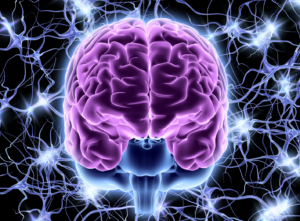
Anything’s possible if you’ve got enough nerve. – J. K. Rowling
This pillar is all about communication, although in vet school, my brain totally glazed over during lectures on that subject. I just couldn’t wrap my brain around it (pun intended…LOL).
But since then, I have gained a tremendous appreciation for it. I’ve become quite the neuro nerd in fact.
Assessing the nervous system has become my #1 go-to, because so many issues can easily be resolved or at least helped by tweaking it just a little bit.
When an animal is presented to me with mobility issues, digestive troubles or my favorite – “my dog is getting old” – I will always start with optimizing the nervous system. Very commonly, issues resolve with simple manual intervention, eliminating the need for countless joint and other supplements.
Optimizing the nervous system in this fashion has diagnostic value as well. If my patient didn’t improve with a treatment, I know that I need to dig deeper as there must be more going on.
Stepping on Nerves
The nervous system, consists of the brain, spinal cord and peripheral nerves and controls the overall function of the body.
The brain is to the body as the CPU (central processing unit) is to a computer. When the CPU is functioning at top speed, the computer works great. If the CPU has issues such as viruses or junk files slowing it down, the computer – in my case – is at high risk of being thrown out the window!
In case you’re wondering, I’m only slightly impatient.
Assuring that the neurotransmitters (NTs) of the brain are balanced is essential. Some of you may have already heard about – serotonin, dopamine, GABA, acetylcholine, etc. NTs are the chemicals that allow the brain to run efficiently and transmit information from one nerve to another.
By providing a healthy diet and avoiding chronic inflammation, you can help balance the brain and prevent cognitive decline into your pet’s senior years.
The spinal cord carries information from the brain to the target organ, gland or tissue by way of the peripheral nerves. If that information is at all impeded or slowed on the way, optimal function cannot be executed.
Over time, this leads to decreased function and eventually disease.
One of the best ways to affect and maintain the nervous system is with regular body work throughout your animals’ life. Structural care is a largely under-appreciated aspect of health and people generally wait until something goes wrong.
Poor nerve communication not only results in diminished organ function. Over time muscle weaknesses, postural imbalances, injuries and inactivity set in, leading to alterations in function and degenerative changes.
It’s a Two-Way Street
Communication isn’t only going from the brain to the end organ. Muscles, organs, skin, etc. send information back to the brain. The stimulation of the brain in this way is crucial for maintaining brain mass and preventing neurodegeneration. That’s why animals who get plenty of exercise tend to live longer and healthier lives.
Lack of proper nerve input and movement cause wasting of muscle mass that then creates joint instability, arthritis and pain. It’s quite the vicious cycle that needs to be avoided at all cost if you want your animal to remain mobile and pain free into old age.
I will leave you with this statement: If you see arthritis in your pet, you’re late to the game, because arthritis starts early in life. Arthritis is an archeologic finding.
Organs/Glands (Hormones)
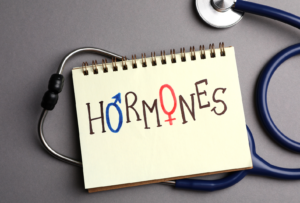
While nerves convey information via electrical impulses, hormone glands send out chemical messages.
Sadly, hormone glands are mostly not receiving the attention they deserve in veterinary medicine. In fact, we just chop off what we don’t like – ovaries and testicles – without considering the ramifications.
These glands are essential for maintenance of health such as a healthy weight, body structure, behavior, digestion, immune function (cancer prevention) just to name a few health promoting and disease preventing functions. Yet they are removed for convenience in many cases and the patient is then left with the consequences and effects for the rest of its life.
Only in recent years have we learned that it’s not the smartest idea if we want to keep our animals healthy. Who knew that nature is perfect the way it is? (I’m being sarcastic of course.)
The Roller Coaster
Hormone glands communicate with each other all the time in order to maintain homeostasis in the body. If one of the hormone glands isn’t producing enough hormones, everything gets out of balance.
If you’re a guy, just ask a woman and she’ll tell you all about it!
All hormone glands serve very important purposes within the overall function of the body. There are hundreds of different hormones at work to make our pets’ body a well-oiled machine.
Hormones regulate everything in our body, from energy production to metabolism, lean muscle mass, mood, digestion, immune function, behavior, weight, and so much more.
Causes of hormonal imbalances can come from:
- Poor diet
- Sedentary lifestyle and stress
- Pain
- Body composition and structural issues
- Toxicity (internal and external)
Small abnormalities or imbalances will throw off the regulatory equilibrium and cause poor communication.
This leads to poor health with gradual or rapid decline depending on the severity of the malfunction.
Fitness & Exercise

All of our bodies are meant to move – animal and human alike. They are meant to be in motion. That is why they are constructed the way they are. We have joints and bones, and muscles that are meant to be used. When we neglect the body and don’t exercise it, it begins to break down, lose muscle tone, become weak and flaccid and we suffer.
The good news is that a good exercise program doesn’t have to involve the same training as a professional athlete.
We can transform the body, gain lean muscle, and burn unwanted fat in as little as a few sessions per week, if we are using the right methods and program.
Proper coaching and information is necessary to achieve our goals. But understand that exercise and weight bearing activities are essential to obtain optimal health, to transform our body, to look our best and to become healthier.
“You snooze, you loose!”
Mental & Emotional Health

Never underestimate the power of emotional and mental wellbeing!
Animals are just like us. They thrive on happiness and mental stimulation. It keeps them sharp and engaged in life.
From a physiologic perspective, a happy pet implies a relatively good balance of the autonomic nervous system.
Let me explain… That’s the part of the nervous system that functions on autopilot. Heart rate, blood pressure and digestion are just a few of the bodily parameters that are regulated by this way.
You may know it a bit better as the sympathetic/parasympathetic nervous system – fight-or-flight versus rest-digest-heal.
Nowadays, we’re all much more sympathetically – aka. stress – driven as can be seen by the tremendous uptick of behavior issues in our animals. Be it anxiety, aggression, recurrent urinary tract issues (cats), diarrhea or other expressions of stress – our animals feel it!!
“You Reek!”
They know the instant we step through the door after a long day of work how the day went. They smell the cloud of stress hormones surrounding us.
It would be foolish to believe that they won’t notice or that we can hide anything from them.
If you’ve ever noticed your pet mirroring your own stress or diseases, you certainly know what I’m talking about.
Stress is the buzz word today. Most everyone feels that there is a tiger lurking in the dark, ready to eat us alive at any moment.
According to studies, this chronic stress is more damaging than being a chain-smoker! So, whatever you need to do to get a bit of relief and drop into a more parasympathetic rest-digest-and-heal mode will help out your furry friends.
Summary
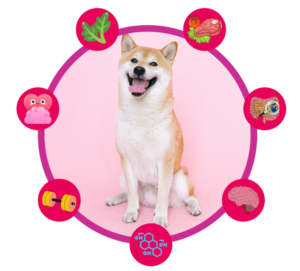 “The Whole is Greater Than the Sum of its Parts” – Hippocrates
“The Whole is Greater Than the Sum of its Parts” – Hippocrates
For optimal health, you must work on all of them, and not just the ones you like or those that seem easy if you want to see lasting health.
Maybe you’ll even chose to join your animal and adapt these lifestyle changes for yourself and your family. What a wonderful adventure that would be!
If challenges come up in the process, embrace them as learning opportunities and let any judgment you may have just fade away.
I’m certain that your commitment and love for your furry friend are good enough not matter what happens. You and your animals are living life just the way it’s meant to be.

